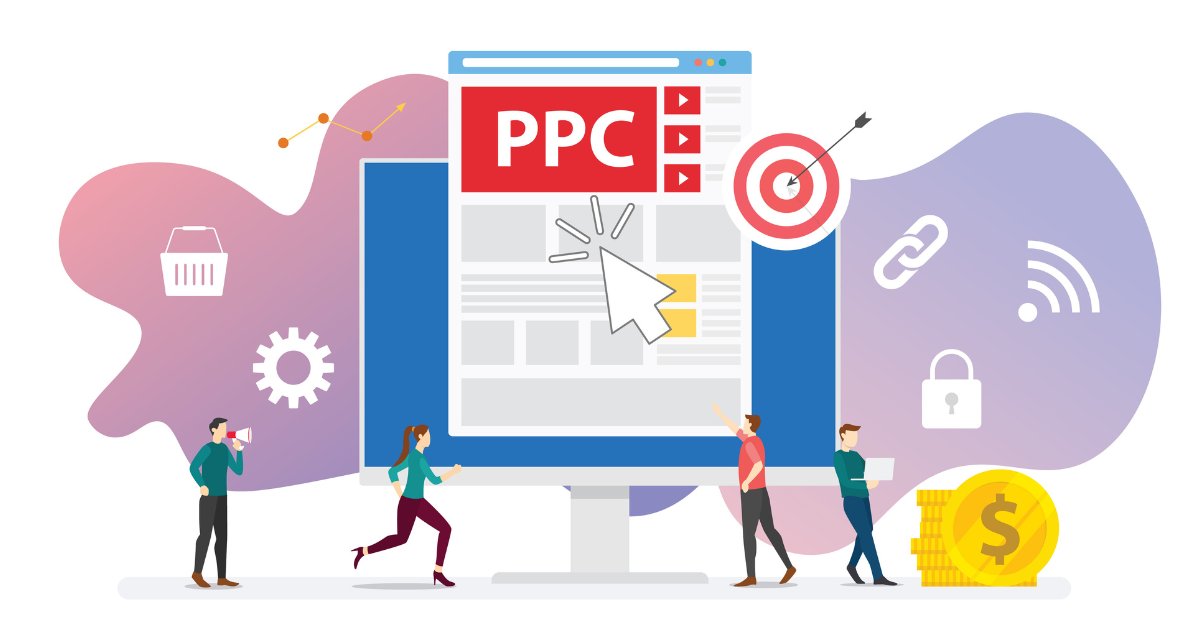In Summer 2020, with the killing of George Floyd and the soul searching many of us found ourselves doing, many brands began increasing their focus on diversity and inclusion. Seemingly overnight the imagery used in social and display ads became more African American, Asian, or Hispanic (if not also more female). Even the cynics among us would have to recognize, though, that this trend should continue and should be taken seriously.
Digital advertising provides an array of options for promoting inclusion, along with an assortment of hazards to navigate. Using diverse models in your imagery is the obvious choice, but there are also targeting considerations (including legal liability) to be considered when running digital advertising.
Legal Requirements
There are certain industries that have always had legal liability around the way they target their ads. Examples include credit, housing, and employment. In the past, a campaign for apartments would be subject to internal review to make sure it wasn’t promoting biases, specifically through efforts like redlining through geo-targeting.
Up until last year, it was up to companies’ compliance departments to make sure campaigns were not in violation. Moving forward, ad platforms have restricted the ability to target by demographics such as age, gender, parental status, and zip code for these restricted categories. This protects them from liability, and in addition is a bit of a relief to marketers afraid of inadvertently breaking the law.
Targeting Specifications
Demographics targeting does continue on digital ad platforms like Google and Facebook in non-restricted industries. These include Age, Gender, Household Income, Parental Status, and Zip code. No ad platform offers targeting by race, and they probably never will.
Trusting your instincts with ad targeting is usually a good rule of thumb. It’s not Ageist to exclude young people from AARP ads, not sexist to target wedding dresses to women, and it’s not a requirement to promote your local business in a zip code two hours away. A good example of ad targeting crossing a line is excluding the lowest 50% of household incomes by default on your campaigns. We would argue that even though their household income is low, they’re still a consumer that has money that could be used on your product.
A good thing to remember as well is that the ad platforms don’t necessarily have data on every person using their services. By only targeting people matching certain demographics, you may be losing out on that potential buyer using incognito mode. Using demographic targeting to improve your results through observation-based bid adjustments is a good use of the tool to maximize results without excluding prospective customers.
In addition, in display advertising, there’s a double edge to promoting inclusion in the context your ads are supporting. On one hand, an advertiser will want a level of brand protection to prevent promoting extremist content, such as white supremacy. Most DSPs, as well as Google Ads itself, provide brand safety to exclude or make your content safe from objectionable content. Unfortunately, on the other hand, many of those same ad platforms have also included content such as Black Lives Matter and LGBTQ causes into these brand safety filters. This makes it difficult for publishers dealing in social justice to monetize their content.
Putting in individual content exclusions is an option but leaves your ad dollars exposed to possibly appearing with objectionable content, as you can’t know when new domains pop up. As of now, this problem persists.
Diversity & Representation in Creative
It’s commonly understood now that customers are more likely to engage with a brand that represents people that look like them. Although it took digital ads to catch up with this, it feels like the industry has adapted to this at least in the short term. We’re here to make the argument for the continued use of representation in ad creative.
Our main argument is that showing representation in your ad copy has no downside – it only does good. Customers that previously did not see themselves in your brand message now feel welcome, and customers that either have in the past or have increased confidence they may in the future. We choose not to worry about the individual who would notice a conscious effort to be inclusive and take it as a slight – ultimately they’ll either need your services or they won’t.
Many ad platforms, such as Facebook, Google, and Native, allow advertisers to submit multiple assets that will mix and match to provide highly optimized ads to individuals. This makes it easy to provide multiple photos that represent your entire community in a single ad.
A pitfall you need to watch out for as a marketer is throwing your representation initiative away if test results come back negative compared to past ads. For example, if you analyze your results and find that the ad with the white model outperformed the Black model, it would be imprudent to simply give up on diverse models in your ad copy. First, there could be many other elements of that ad that didn’t work besides the race of the model. Next, although the ad fell short it surely received some positive results. To the people who saw themselves in this “failing” ad it probably meant a lot. Finally, if this is just the beginning of a diversity initiative with your campaigns, it’s just the beginning of your experience as well. Keep trying to show your customers that you’re a brand dedicated to representation.
We are not here to tell you to never use a white male in your ad imagery again. Just remember that there are many other people who see your ads that will be more inclined to buy from you if they see someone that looks like them every now and then.
Conclusion
Ultimately the goal of every business is to make money and they need customers in order to achieve this goal. Inclusion, aside from being the right thing to do, is in its own way a strategy to maximize revenue by being outwardly welcoming to anyone willing to do business. Why would you intentionally make your business unavailable to someone willing to buy?
Finally, you can’t change the tactics and messaging of your past, just as you can’t as a person. However, you can commit to being better and putting in the work for a better future. A commitment to being better goes a long way.



